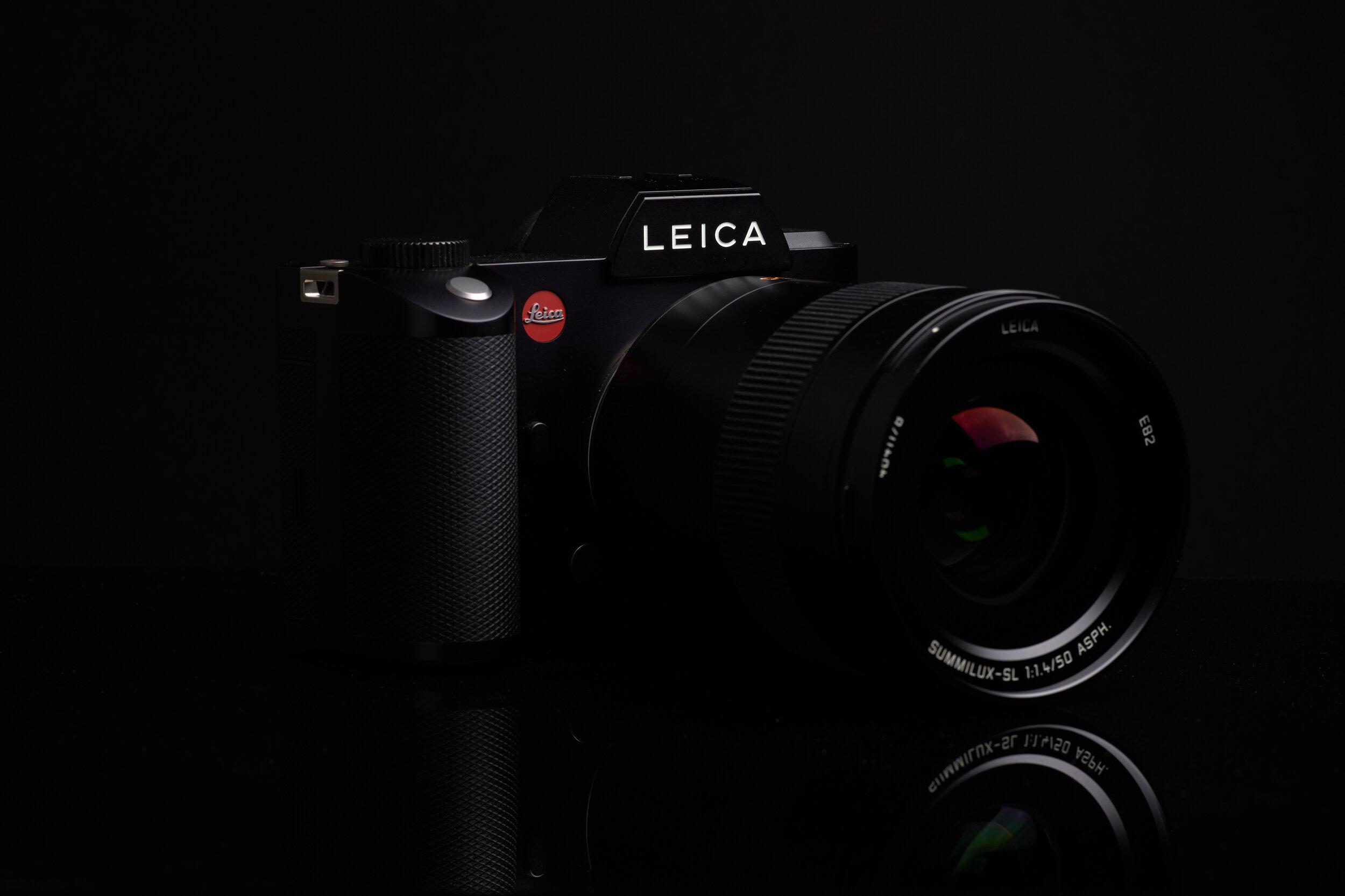
About
A little background about me, my photography and the tools I am using
Creating a world through the lens of Photography
Photography has always been a passion of mine. Creating something new by a simple click of the shutter, followed by enhancing in post-processing is very rewarding. The whole process is just a joyful creative experience.
Blending the reality of the world with the creativity of the photographer and the technology of the camera is what is making photographs so inspiring.
My preference is to allow time for each photograph. Landscape, travel, architecture, product, and macro are common in my work. High resolution and astro-photography reflect a high interest in the technical side.
Under the PiXL brand you can find my commercial work. PiXL makes very large prints (3m), of very high resolution (gigapixel) photographs.
Thank you for visiting my site and enjoy the photographs. I’d appreciate your feedback, so please send me an email.
Willem Jan Drijfhout.
For many years, I’ve been a very happy Canon user. From the first Canon AE-1 all the way up to the Canon 1Ds markIII. The growing body of excellent L-glass kept me loyal to the brand.
But cameras became more automated and I became more lazy and felt less joy making photographs. In 2013 I made a radical shift and bought a Leica M Typ240 rangefinder camera. Leica puts a lot of focus on the experience. They make cameras you just want to pick up and use. And Leica lenses are just legendary, with image quality that is truly addictive.
Over time more Canon went out and more Leica came in, growing a collection of M- and L-line cameras and lenses. Both lines work on their own, but also mix very well together.
For the high resolution commercial work, the Fujifilm GFX system was added to the mix. It is still early days, but I start to understand why Fujifilm fans are so enthusiastic about the brand.
Equipment
Camera’s and Lenses
The Leica SL2 is currently the main goto camera. The second generation of the already excellent SL has some great improvements including a 47MP sensor and image stabilisation. There may be other cameras that beat the Leica on specs, but on user experience, this workhorse beats most other cameras. The Leica M system delivers superb image quality in a compact package. But it’s all manual, so it throws you back to the essentials of photography. A delightful change now and then from all the automatic tools. The Typ240 has been replaced by the much enhanced M10, but that certainly does not disqualify the M Typ 240 in any way, which is still a joy to use.
Fujifilm did something remarkable with the GFX series. It essentially squeezed medium format photography into a full-frame package. The GFX100, with its 102MP sensor is quite unique. It’s a lof of imaging power and resolution packed in a pro-style body with a price tag that is just a fraction of traditional 100+MP medium format cameras. We’ll see how the GFX system will develop, but so far it is promising.
Tripods, heads
When solid camera support is needed, Gitzo tripods always serve me well. They combine a high build quality with ease of use and last a life-time. Traveller, mountaineer and systematic models in either Series 2 or 3 make for some excellent work horses. For tripod heads my default is Arca-Swiss. Well machined tools, very smooth in operation and durable. Most are familiar with the ‘Arca-Swiss style’ dovetail. They also make the somewhat smaller but very elegant system, called MonoballFix. The P0 head is ideal for travel, the Cube C1 with its geared movements is fantastic in the studio or on assignment. For high resolution photographs with the GFX system, a pano-head is needed. The Arca-Swiss system is good, but perhaps a bit too compact for my setup. After researching most alternatives, there is now a Nodal Ninja M2 pano-head added to the kit.
Bags, bags, bags…
Most photographers have been on a quest to find the ultimate camera-bag. I sure have and bought and sold many bags over the years. But the reality probably is that it does not exist. Different situations require different bags. The ‘ultimate’ bag is the one you actually use. One brand that I kept coming back to is Billingham, especially their messenger bags. The material feels good (canvas more so than the FibreNyte), great classic look and a practical well thought-out system. Another brand that I keep coming back to is ONA. Their Camps Bay backpack in particular is just perfect for a medium-sized kit and has travelled with me to a lot of places. And their leather messenger bags are perfect for the every-day single camera carry around. When going on an assignment, a lot of equipment has to join. Shimoda has recently released the new Action X-series backpack and I have decided to give it a try.
Accessories
There’s usually a lot more in a camera bag. Critical components, such as lighting, filters, memory cards etc. as well as handy tools such as straps, chargers, cleaning wipes, etc. Below is a list of some of these tools that I use in no particular order.
Software
Photographers often spend more time behind the computer than behind the camera. That’s why software tools are so important in the tool kit. For me, I like software that is in active development and I prefer companies that have the goal to help me become a better photographer over those that want to be a better company. The majority of my processing happens in Capture One. It gives the best image quality straight out of the box. For image editing, a quick round-trip to Affinity Photo gives me more than what I ever need. Add to that some specialised tools for special techniques and my toolkit is pretty complete.
